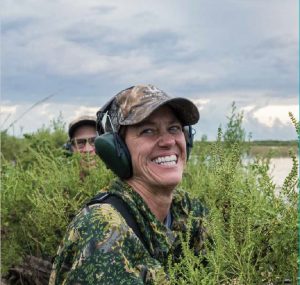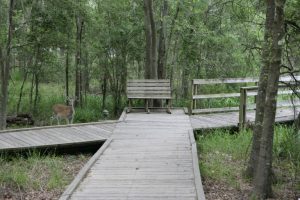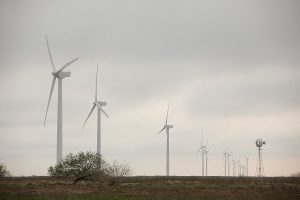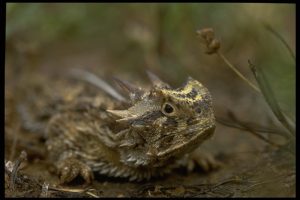TPW Magazine — Hunting Teal
Thursday, August 8th, 2019This is Passport to Texas
Fall hunting season kicks off on September first with dove. Teal is next with a sixteen-day season that runs from September 14th through the 29th.
Last year writer Pam LeBlanc took advantage of an invitation to go teal hunting with former TPW Executive Director, Andy Sansom. She wrote about it for the current issue of Texas Parks and Wildlife magazine.
In the article, Pam admits that she is not a hunter, and never imagined she’d find herself slogging through a wetland, wearing rubber waders and shooting at teal. But she did and writes vividly about the experience.
A funny bit is about a “sticky-footed” frog that spent the night in her waders which she’d left on the porch of the Bucksnag Hunting Club in Garwood, where the hunting party stayed. She discovered the little fellow when they were in the truck, headed to into the field.
She writes: [The frog] shot out of my pants and onto the windshield, then ricocheted across the interior of the truck like a tiny, spring-loaded pogo stick, jolting me awake. That would wake me up, too.
Find Pam LeBlanc’s article about her teal hunt in the August-September issue of Texas Parks and Wildlife magazine.
You’ll also find a recipe by Chef Jesse Morris for Smoked Teal in Miso Garlic Butter Sauce.
Our series receives support in part from RAM Trucks: built to serve.
For Texas Parks and Wildlife… I’m Cecilia Nasti.







 Passport to Texas is a
Passport to Texas is a  Passport to Texas is made available by:
Passport to Texas is made available by: